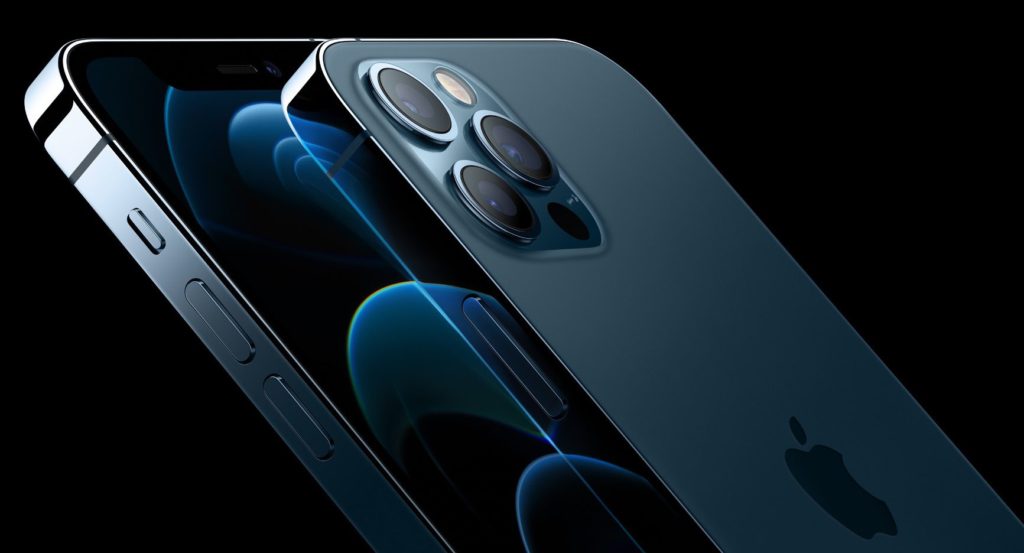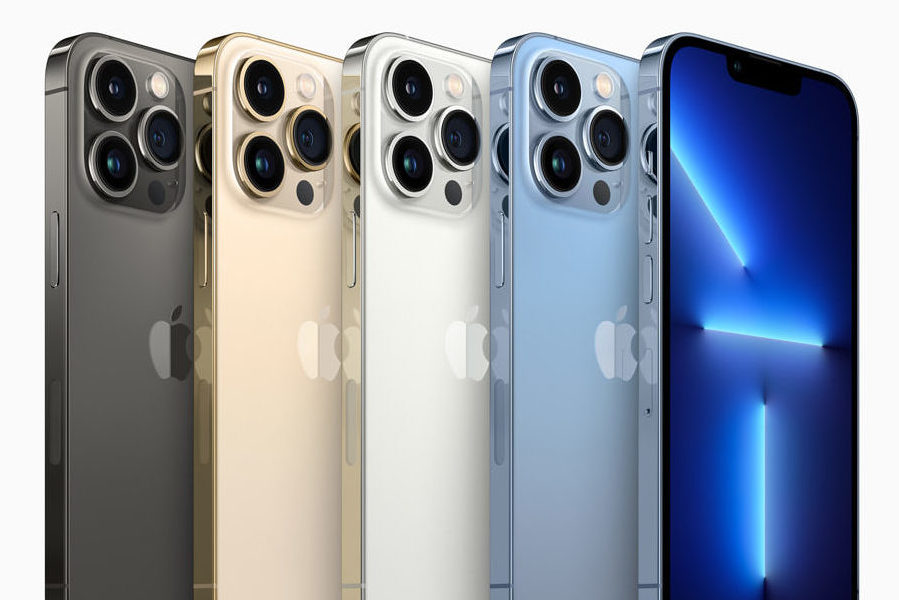The latest iPhones have a few key differences from previous models. While the Pro camera system is unchanged, there are some notable additions. The 13-megapixel camera system is the biggest upgrade in iPhone history, and the Promotion display features the highest resolution ever. The battery life is also the longest it’s ever been, with more than two days of battery life. 5G is now available in select markets, and its speed varies by carrier. The screen is 6.68 inches diagonally, with rounded corners. The actual viewable area is slightly less, but the screen is still large. The iPhone 13 Pro Max’s screen is water-resistant, rated IP68.
iPhone 13 Pro
The iPhone 13 Pro has a larger screen, at 6.1 inches, with a Super Retina XDR display. It has a stainless steel frame with flat edges, and an anodized aluminum back. The right side of the iPhone 13 features a side button for volume control. The back of the iPhone features two 12 megapixel cameras with True Tone LED flash. The left-hand side houses the SIM tray, which supports a fourth-form-factor Nano-SIM card. The IMEI is etched into the back cover. Click here to know more information.
iPhone 13 Pro difference from iPhone 13 Max
The iPhone 13 Pro and the iPhone 13 Max are very similar. The difference is in the size of the screens. The smaller one is slightly cheaper, while the larger one costs a little more. It is possible to choose between the three models. The 6.1-inch Pro model costs $999, while the smaller iPhone 13 is $100 less expensive. They are both available in gold, silver, and sierra blue finishes. The new iPhones go on sale starting Friday, September 24.
Use for countries
The iPhone has been trademarked for almost five years now, with applications filed in the United States, New Zealand, Singapore, and Australia. As of July 2008, the iPhone has been approved in all four of those countries. It is now considered a global hit. With an increased number of users, the iPhone is a great tool to stay connected. The smartphone is available in over 160 countries, making it a popular choice for people. The only downside to using an older version of the iPhone is that the new iPhone’s display doesn’t have a high-resolution screen.
iPhone 12

The iPhone 12 is another model in the series. This phone uses a newer version of the A13 Bionic chip. Its processor is more powerful than its predecessor. It has a 6.1-inch, all-glass front and back. Despite the differences between the iPhone 12, the iPhone is still one of the best smartphones on the market. It has an impressive display, a curved LCD screen, and a 3.5-inch screen. It also has a fingerprint reader. iPhone 11
The iPhone 12 offers a wide range of features and options. The display is 4.7 inches, and the back is made of anodized aluminum. The iPhone has a textured matte glass back. The home button is located on the right side of the device. The battery life is similar to the iPhone 12. The iPhone’s camera hardware is improved as well, with a three-lens camera and a LiDAR scanner sensor.
iPhone release date
The iPhone was first released in the US in January 2007. It was then released in the UK, France, and Germany. In spring 2008, it was introduced in Ireland. The iPhone was marketed as a high-end gadget with powerful cameras and high-end specifications. Its corresponding software is the most popular mobile operating system in the world. Further, the Apple iPhone has a powerful camera that allows users to take pictures and videos without losing focus on the image.
iPhone’s features
The iPhone’s touchscreen recognizes complex gestures. In addition to the Apple logo, the iPhone has support for third-party web applications. The iPhone also has a SIM tray on the top of the phone. This is where the user inserts the second-form-form-SIM. The back case is also marked with the phone’s serial number, A1203. It is easy to move through several applications at the same time and to move back and forth between them.
The iPhone was first released in September 2007 and has a 5.5-inch display. Its front is made of glass, while its back is made of anodized aluminum. Its left side has a touch-screen home button, a Sleep/Wake button, and a True Tone LED flash. The iPhone also has a SIM tray. The back has the IMEI engraved on the back cover. While the phone’s screen is the primary feature, the iPhone has many additional capabilities that make it an invaluable piece of technology.

